What’s the secret behind those golden, glistening eggs nestled in your bowl of ramen? The ones with tender whites and rich, savory yolks that are just the right amount of runny?
These aren’t just any eggs. Known as ajitsuke tamago (味付け卵) or ramen eggs, they are a quiet triumph of Japanese culinary care, a simple ingredient elevated through precision, patience, and flavor. Whether you’re mastering ramen from scratch or upgrading instant noodles, making your own ramen eggs at home is a deliciously rewarding ritual.
Let’s break it down: from boiling and peeling to marinating and serving, all while connecting to the deeper rhythm of Japanese cooking, where every detail matters.
This philosophy is true in tableware, where every piece is about the details. Find your perfect ramen bowl today!
Ingredients and Equipment: Start with the Right Tools
🥚 Ingredients
- 6 large eggs (room temperature preferred)
- 1/3 cup light soy sauce (usukuchi shōyu 薄口醤油)
- 1/3 cup mirin (みりん, sweet rice wine)
- 1/3 cup sake (酒; optional)
- 1/2 cup water
- Optional: 1 tsp sugar or a splash of distilled white vinegar (for easier peeling)
Ingredient Substitutions
- No mirin? Use rice vinegar + 1 tsp sugar, or 1/4 cup water + 1 tbsp honey.
- No sake? Substitute with water (some flavor will be lost).
🍳 Equipment
- Medium saucepan
- Slotted spoon or spider strainer
- Mixing bowl
- Zip bag or airtight container
- Parchment paper, paper towel, or small plate (to weigh eggs down)
- Timer

Boiling: The Path to a Jammy Yolk
🔥 Steps for Boiling
- Bring a pot of water to a gentle boil (180–200°F / 82–93°C).
- Add room temperature eggs carefully with a spoon or strainer.
- Boil for exactly 7 minutes for jammy yolks (6½ for gooier, 8 for firmer).
- Optional: Add a splash of distilled white vinegar to help with peeling.
Why not cold eggs? They may crack or cook unevenly. Let them rest at room temperature before boiling.
Cooling and Peeling: The Gentle Touch
❄️ Ice Bath Cooling
- Immediately transfer eggs to an ice water bath after boiling.
- Let cool for at least 10 minutes, fully submerged.
🥚 Peeling Tips
- Tap the egg gently to crack, then peel under running water.
- Start peeling at the wide end for easier access.
- Slightly older eggs peel more easily than fresh ones.
Marinade Preparation and Soaking: Infusing Flavor
🍶 Basic Marinade
- Mix soy sauce, mirin, sake, and water in a small saucepan.
- Bring to a simmer, then cool completely before using.
🧂 Marinating Steps
- Place peeled eggs in an airtight container or zip bag.
- Pour in the marinade until eggs are submerged.
- Weigh eggs down with paper towel, parchment, or a plate if needed.
- Marinate for at least 4 hours, ideally overnight (12–24 hours).
Tip: If marinade doesn’t cover the eggs, press a damp paper towel on top for even soaking.
Storage and Serving Suggestions: Ready When You Are
🧊 Storage
- Store in marinade for up to 3 days in the fridge.
- Remove from marinade after 24 hours to prevent over-flavoring.
🍽️ Serving Ideas
- Add to your favorite ramen bowl (ramenbachi ラーメン鉢) ideally handcrafted.
- Slice and serve with rice bowls (donburi 丼), bento, or avocado toast.
- Enjoy whole with a drizzle of marinade as a savory snack.
Expert Tips and Troubleshooting: Ramen Egg Wisdom
- Cracked during boil? Let it cook, it’ll still taste great.
- Yolk too runny? Increase cook time next time.
- Too salty? Dilute marinade with more water.
- Hard to peel? Use older eggs and peel under water.
- Marinade not covering eggs? Use parchment or paper to press them down.
- Be consistent: use similarly sized eggs and room temperature for even results.
Ramen Egg FAQs
How long should I marinate ramen eggs?
At least 4 hours; ideally 12–24 for full flavor.
How do I reheat ramen eggs?
Traditionally served cold or at room temp. Warm gently in hot ramen broth (never microwave).
How long do they last?
Up to 3 days in the fridge. Best within 2 days.
Can I reuse the marinade?
Not recommended for safety, discard after use.

Final Slurp: Why Ramen Eggs Matter
In Japanese cuisine, even the simplest ingredients are treated with care. With these steps, tips, and troubleshooting tricks, you’re ready to master the art of ramen eggs, bringing a little more umami, beauty, and tradition to your kitchen every time.


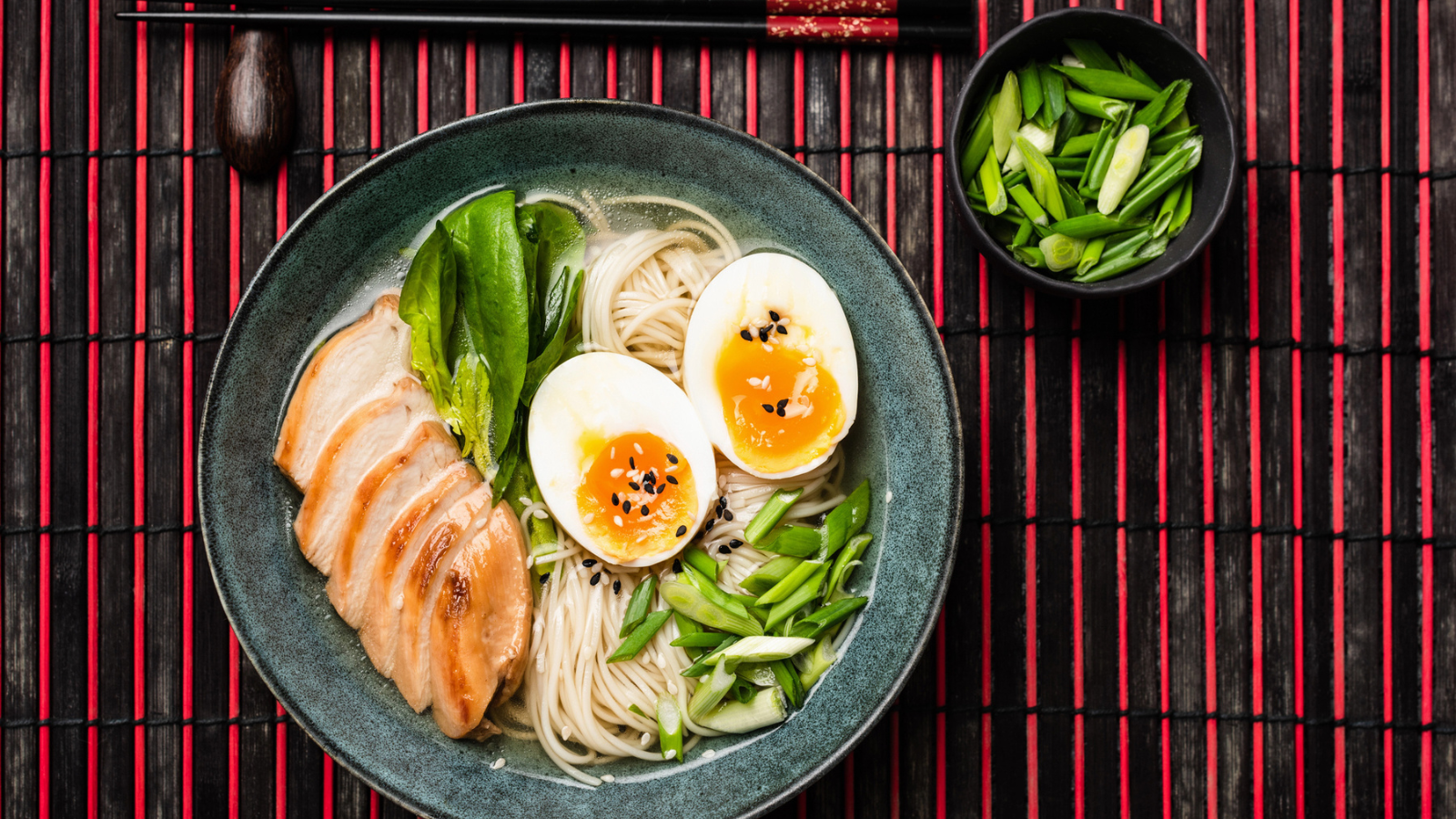







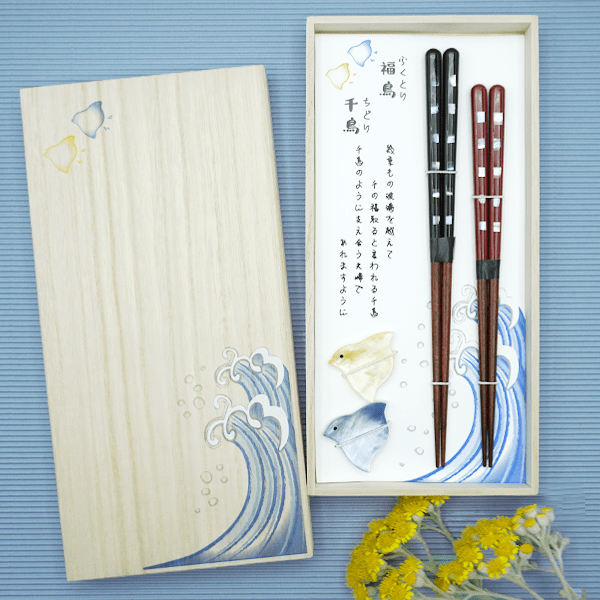
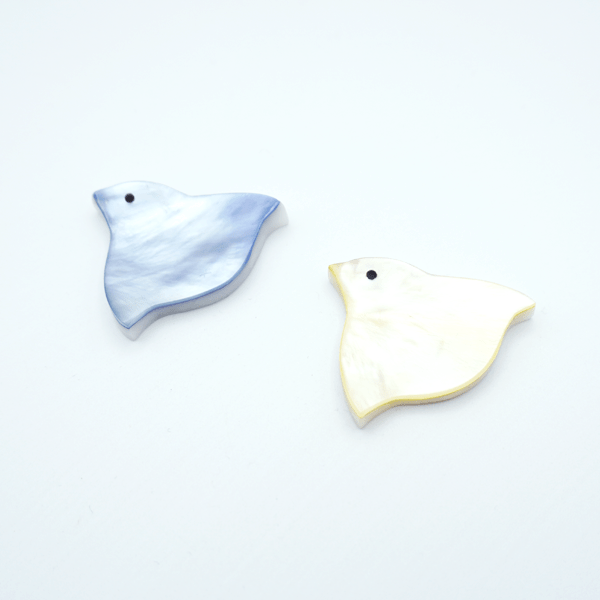
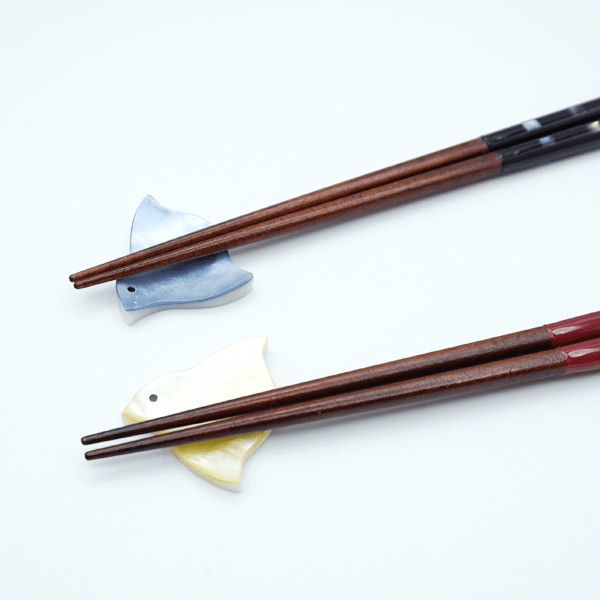
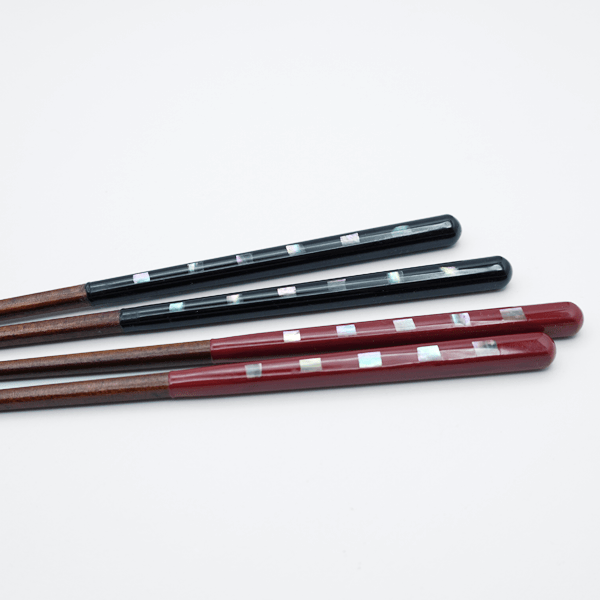
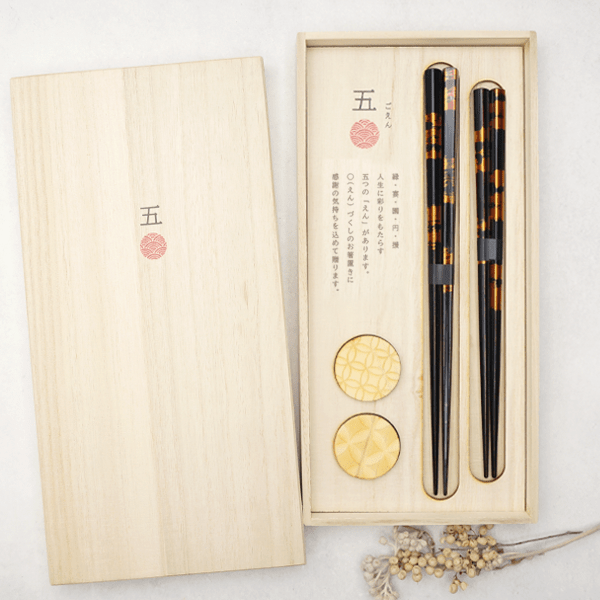
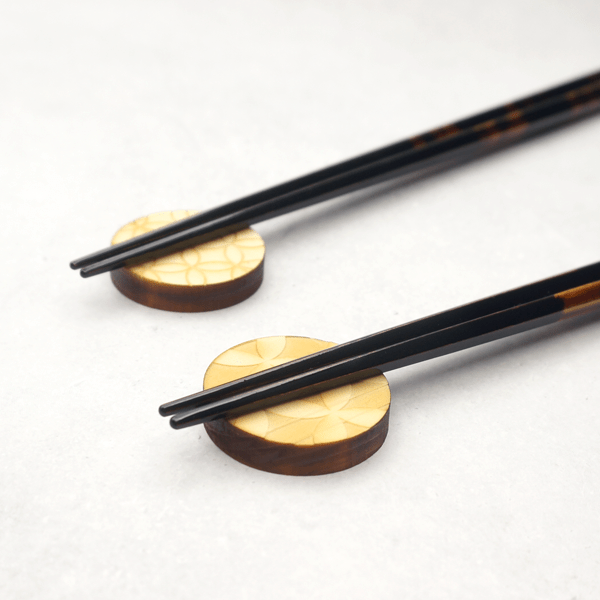

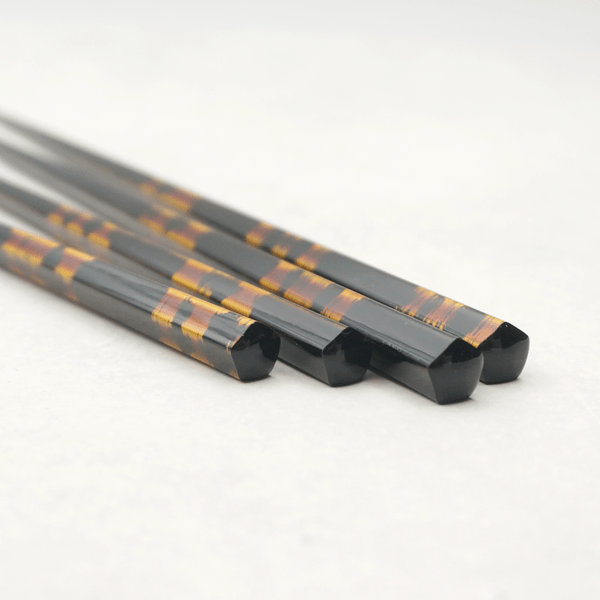
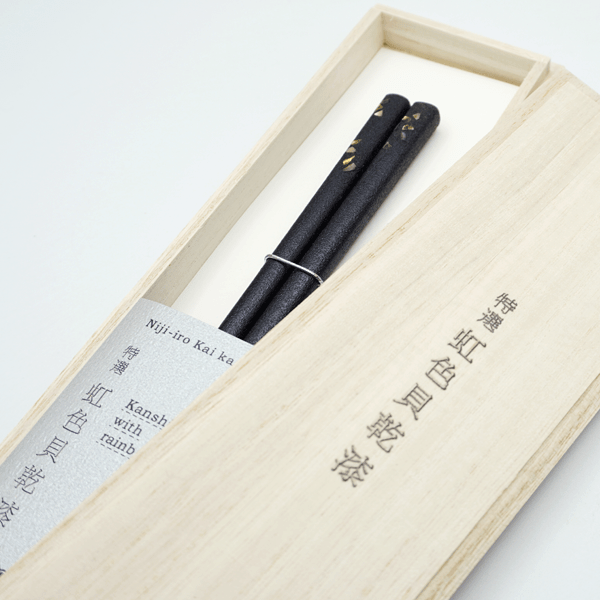
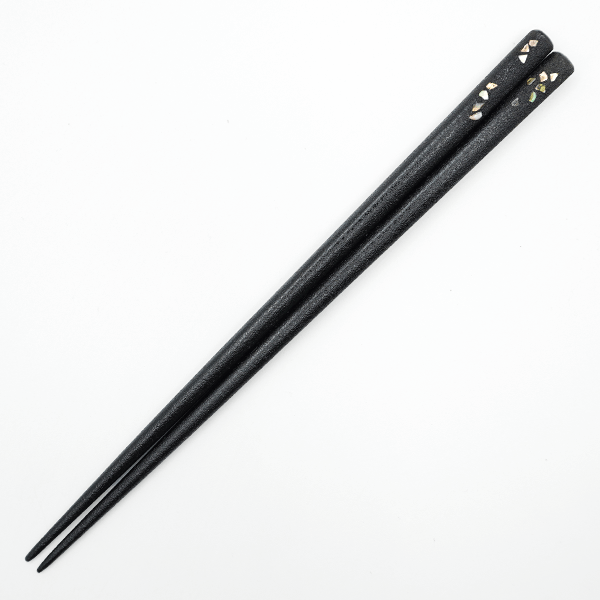
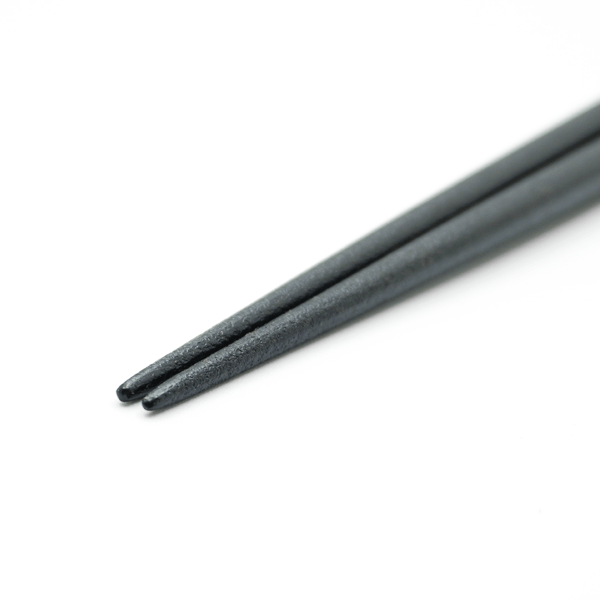
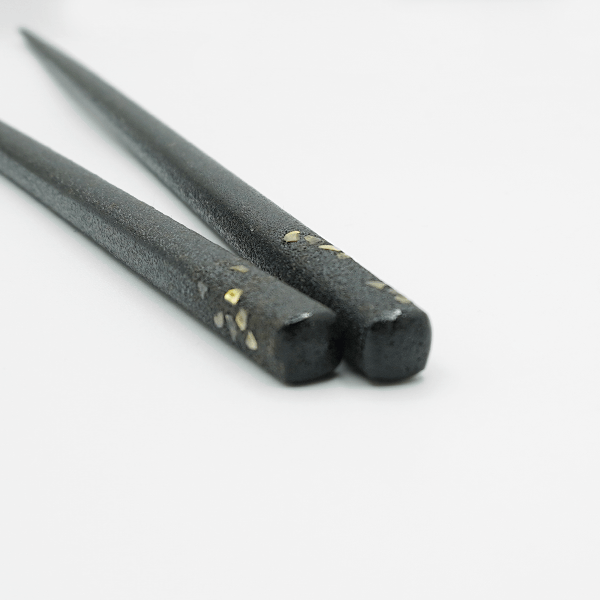
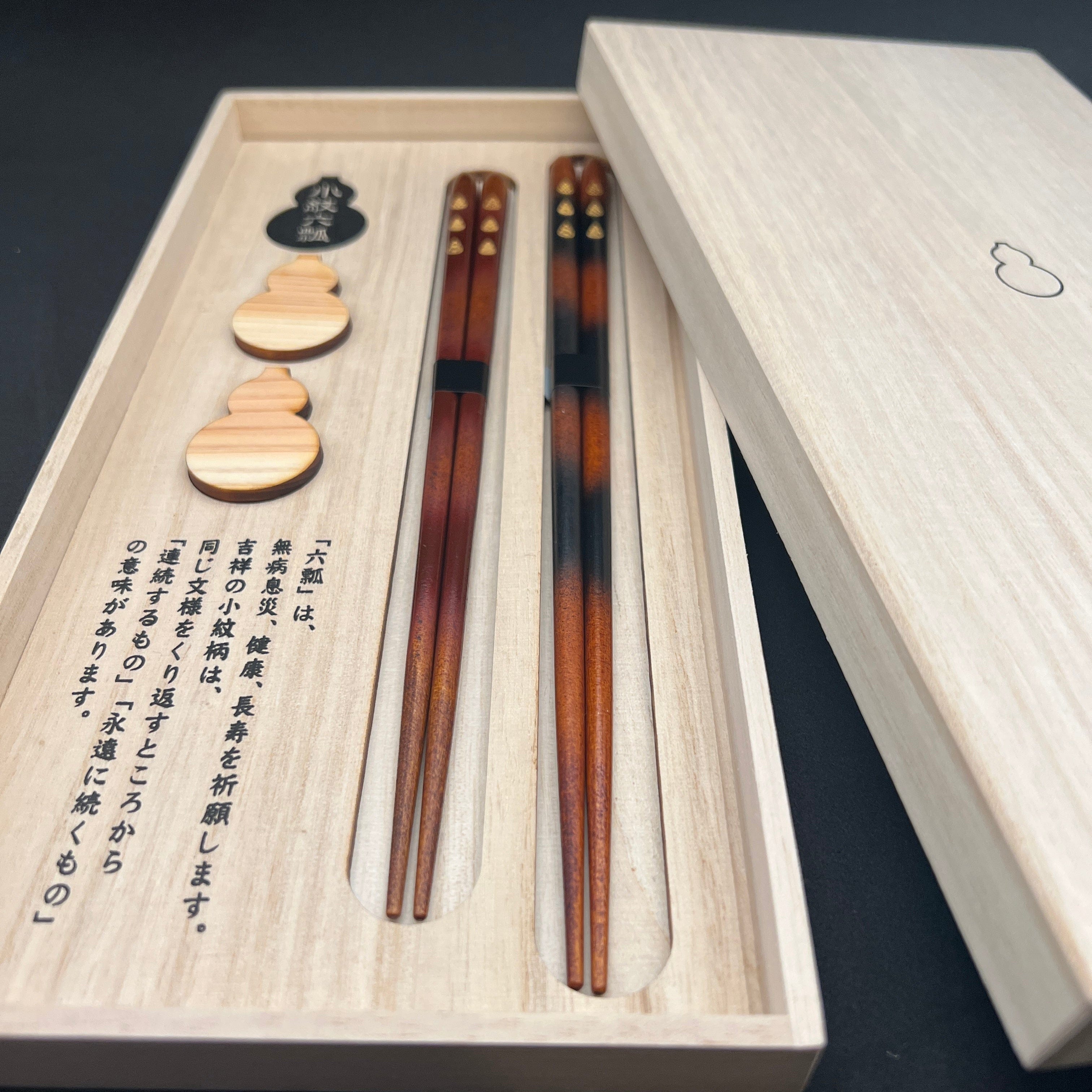

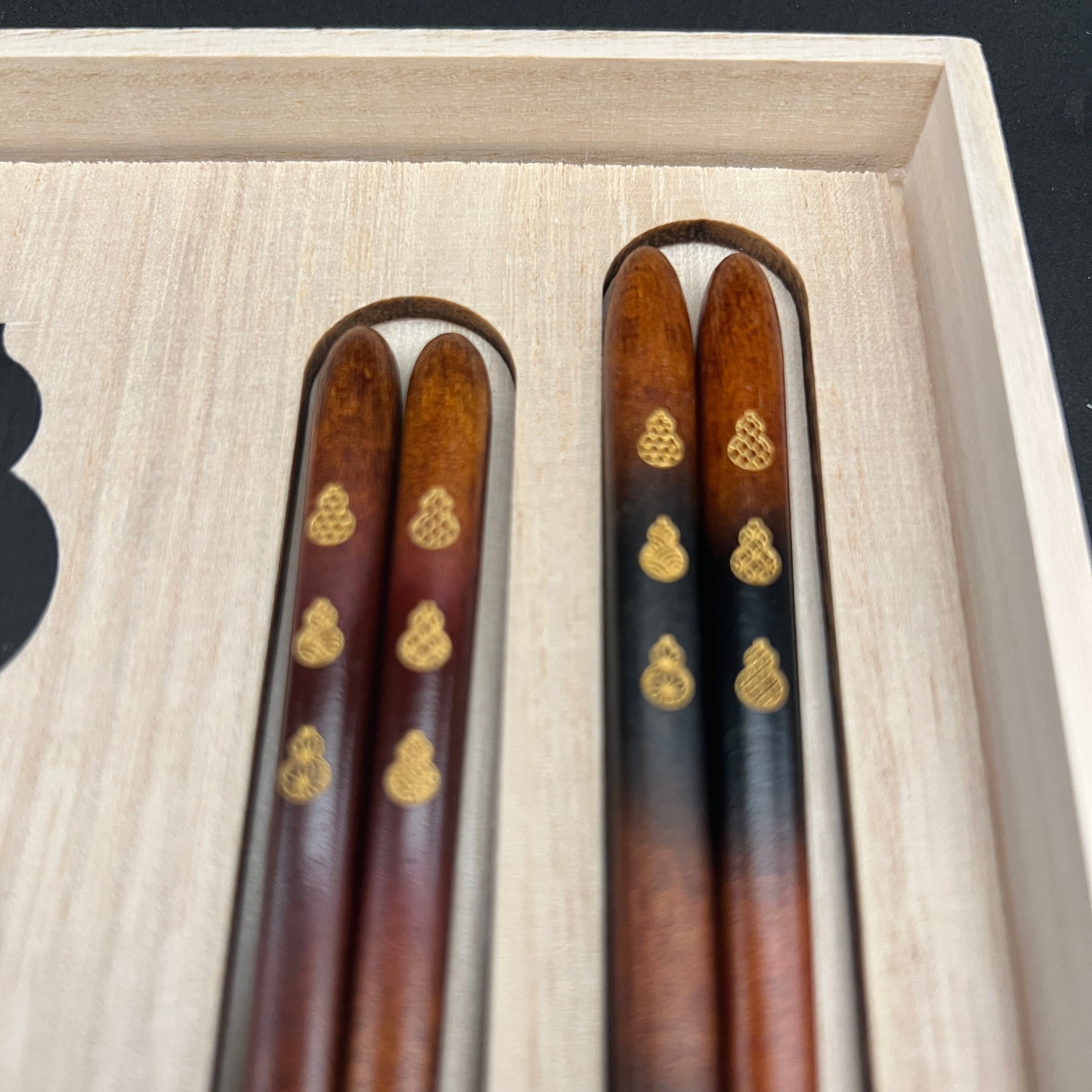
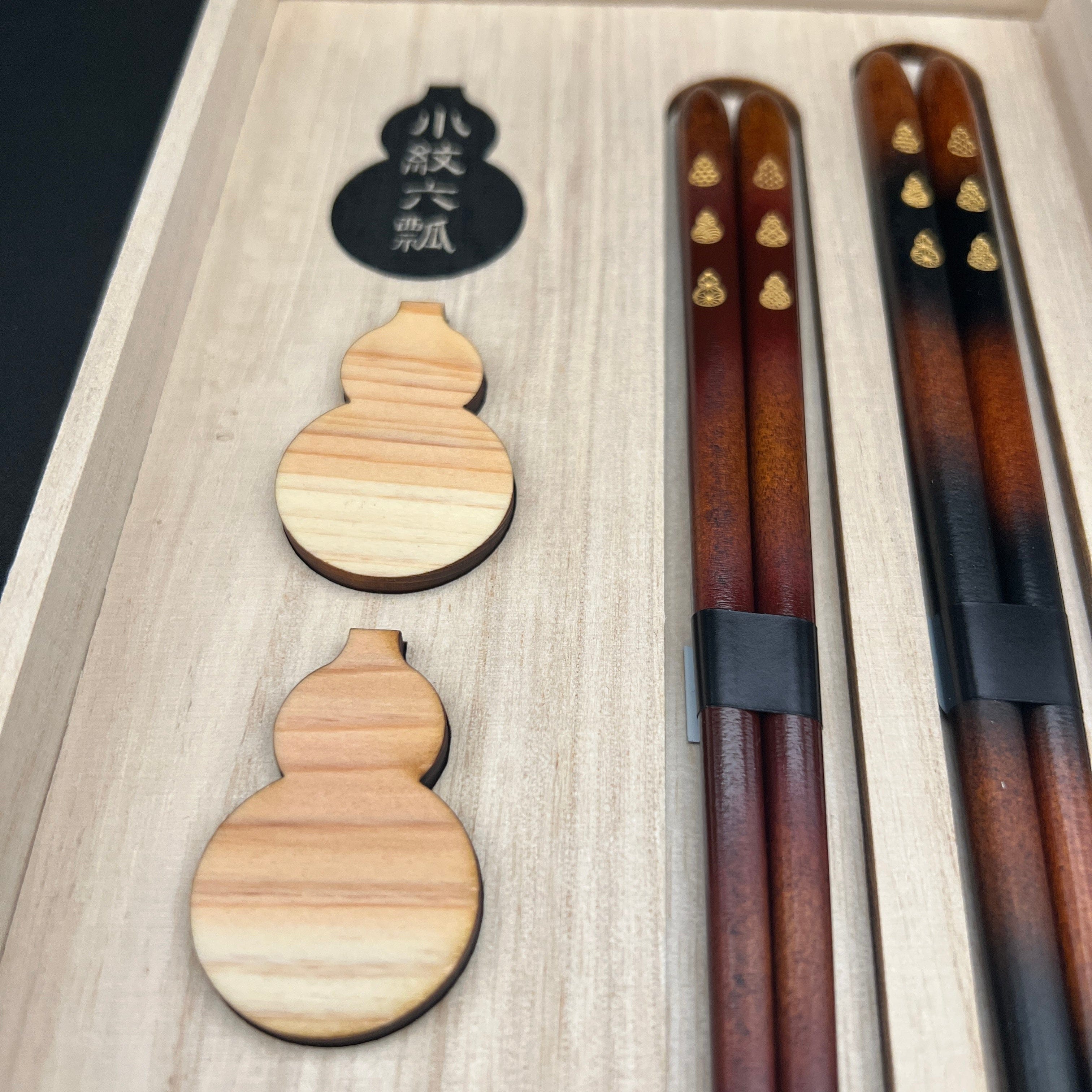

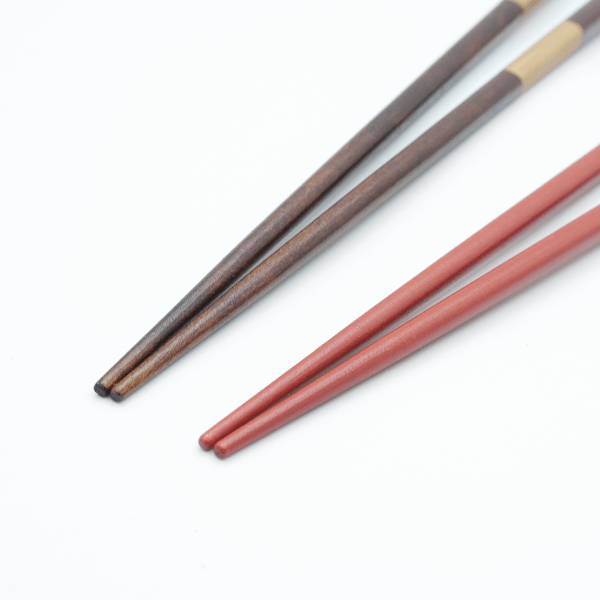
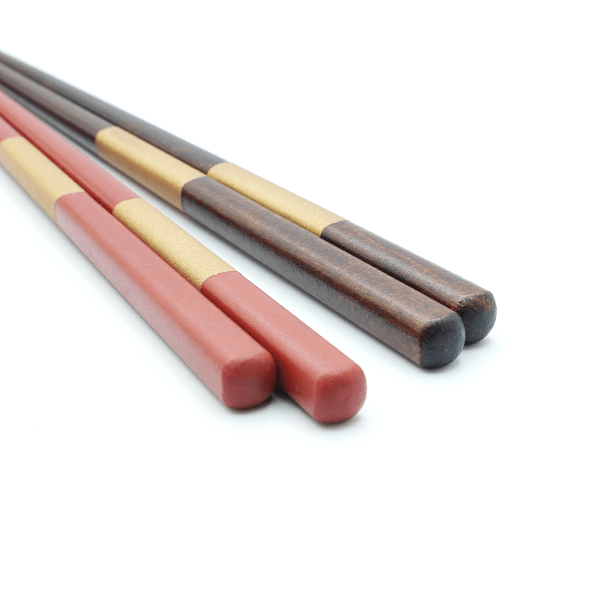

Share: